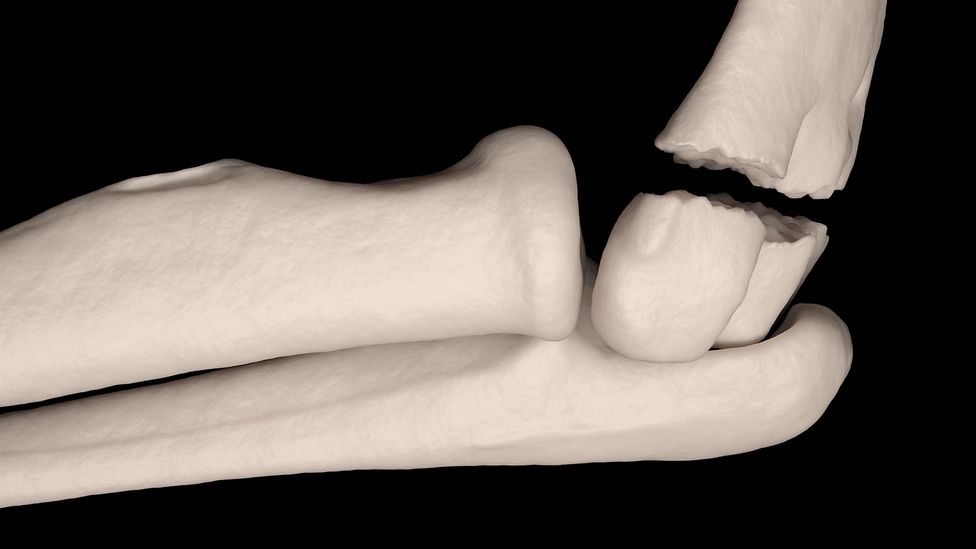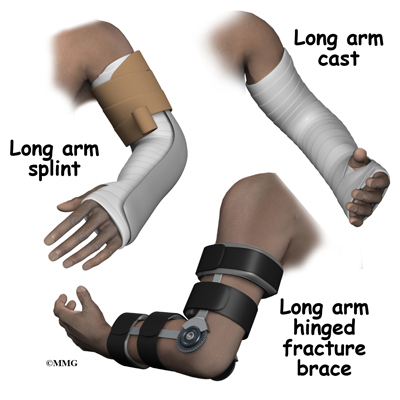31+ A Soft Splint Is Recommended For What Broken Bone Type Info
A soft splint is recommended for what broken bone type. The treatment of proximal splint bone fractures will vary depending on a number of factors. Casts and splints hold the bones in place while they heal. The fracture line encircles the shaft like the stripes on a candy caneThis type of fracture is caused by a twisting force. Pelvis Hip Leg Knee Ankle Foot. The placement of splint bones makes them especially susceptible to trauma. In some cases splints and casts are applied following surgery. However do not cause further pain or unnecessary movement of the broken bone. When you break a bone your doctor will put the pieces back together in the right position. A splint can be made from scratch out of household items or it can be commercially produced specifically for splinting fractures. That surround the bone. Lower Extremity Splinting. Never try to straighten broken bones.
This type of splint is used in emergency first-aid care to prevent further injury to a broken or possibly broken bone and may also be used as a form of medical treatment for certain orthopedic injuries. Keeping a well-stocked first aid kit in your home and car will help you can deal with an emergency as best as possible until help arrives. Splinting is the way to treat broken bones also known as fractures until you can get to a doctor. In some cases when a toe or a finger is used an uninjured neighbor can be the splint. A soft splint is recommended for what broken bone type Because broken bones of the pelvis and upper leg can cause massive life-threatening internal bleeding people with these types of fractures should be evacuated unless splinting and carriage are. Pelvis hip and femur upper leg fractures often completely immobilize the person. Acute pain usually occurs immediately after the fracture when the bone has. Traction splints are often used for injuries in either the femur or mid-shaft lower leg. A typical closed reduction is performed either by providing local anesthetic to the broken bone or a general anesthesia followed by a specific maneuver to attempt to realign the broken bone. Short arm splints are used for several different types of injuries include fractures to the bone close to the wrist and others. The prognosis for a proximal splint bone fracture is good if it is. This article highlights the different types of splints and casts that are used in various circumstances and how each is applied. Gently wrap a soft object eg a folded blanket or pillow around the injured body part.
:max_bytes(150000):strip_icc()/GettyImages-169591412-7e0ad8348328430ba16047a9df41ae17.jpg) Cast Materials Used For Treatment Of A Broken Bone
Cast Materials Used For Treatment Of A Broken Bone
A soft splint is recommended for what broken bone type Soft tissue refer to the muscles ligaments nerves tendons and blood vessels joint cartilage etc.

A soft splint is recommended for what broken bone type. Type of splint and cast commonly encountered in a primary care setting. If a bone breaks in such a way that bone fragments stick out through the skin or a wound penetrates down to the broken bone the fracture is called an. The type of splint was found to be significant for nonhealing between the fractured segments.
Traction splints are used to support a broken bone decrease the amount of deformity and provide traction to keep the bones aligned and to prevent them from moving. Short arm splints are short splints that immobilize joints of the hand and wrist or to protect bony and soft tissues in the forearm between the elbow and wrist. Splints do not have to be professionally manufactured.
Commonly utilized treatment options include metallic implant stabilization screw fixation plate fixation and PRP therapy. 38 In a study of 400 rootfractured teeth cap splints had the lowest and Kevlar fibres the highest frequency of favourable healing outcomes. After a closed reduction a splint or cast would be applied to hold the bones in the improved alignment while they heal.
They also extend between the thumb and pointer finger. Three Stages of Pain From a Fracture. They also reduce pain swelling and muscle spasm.
Splints or half-casts provide less support than casts. Splinting is useful for a variety of acute orthopedic conditions such as fractures reduced joint dislocations sprains severe soft tissue injuries and post-laceration repairs. Apply a splint to support the limb.
How should I make a soft splint for a broken bone. For a limb fracture provide support and comfort such as a pillow under the lower leg or forearm. To maintain preparedness you should.
When the soft tissue around the fracture is injured the result can be pain swelling bruising and redness. When an emergency situation arises and a manufactured splint is not available a rigid splint can be made from a number of everyday objects. In this type of fracture the bone breaks into three or more pieces.
Casts and splints support and protect injured bones and soft tissue. The severity of the fracture will play a part in how it is treated.
A soft splint is recommended for what broken bone type The severity of the fracture will play a part in how it is treated.
A soft splint is recommended for what broken bone type. Casts and splints support and protect injured bones and soft tissue. In this type of fracture the bone breaks into three or more pieces. When an emergency situation arises and a manufactured splint is not available a rigid splint can be made from a number of everyday objects. When the soft tissue around the fracture is injured the result can be pain swelling bruising and redness. To maintain preparedness you should. For a limb fracture provide support and comfort such as a pillow under the lower leg or forearm. How should I make a soft splint for a broken bone. Apply a splint to support the limb. Splinting is useful for a variety of acute orthopedic conditions such as fractures reduced joint dislocations sprains severe soft tissue injuries and post-laceration repairs. Splints or half-casts provide less support than casts. They also reduce pain swelling and muscle spasm.
Three Stages of Pain From a Fracture. They also extend between the thumb and pointer finger. A soft splint is recommended for what broken bone type After a closed reduction a splint or cast would be applied to hold the bones in the improved alignment while they heal. 38 In a study of 400 rootfractured teeth cap splints had the lowest and Kevlar fibres the highest frequency of favourable healing outcomes. Commonly utilized treatment options include metallic implant stabilization screw fixation plate fixation and PRP therapy. Splints do not have to be professionally manufactured. Short arm splints are short splints that immobilize joints of the hand and wrist or to protect bony and soft tissues in the forearm between the elbow and wrist. Traction splints are used to support a broken bone decrease the amount of deformity and provide traction to keep the bones aligned and to prevent them from moving. The type of splint was found to be significant for nonhealing between the fractured segments. If a bone breaks in such a way that bone fragments stick out through the skin or a wound penetrates down to the broken bone the fracture is called an. Type of splint and cast commonly encountered in a primary care setting.
